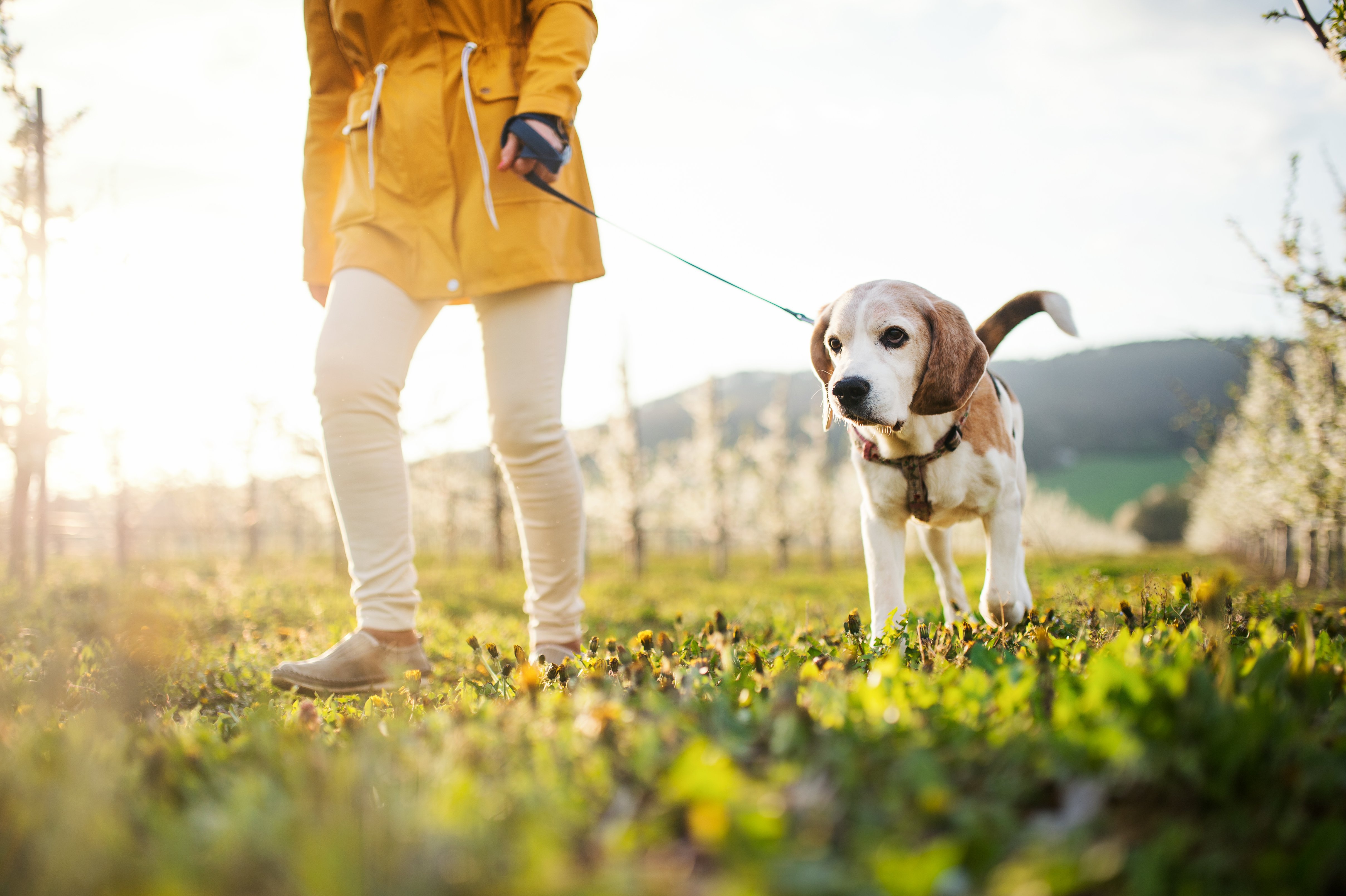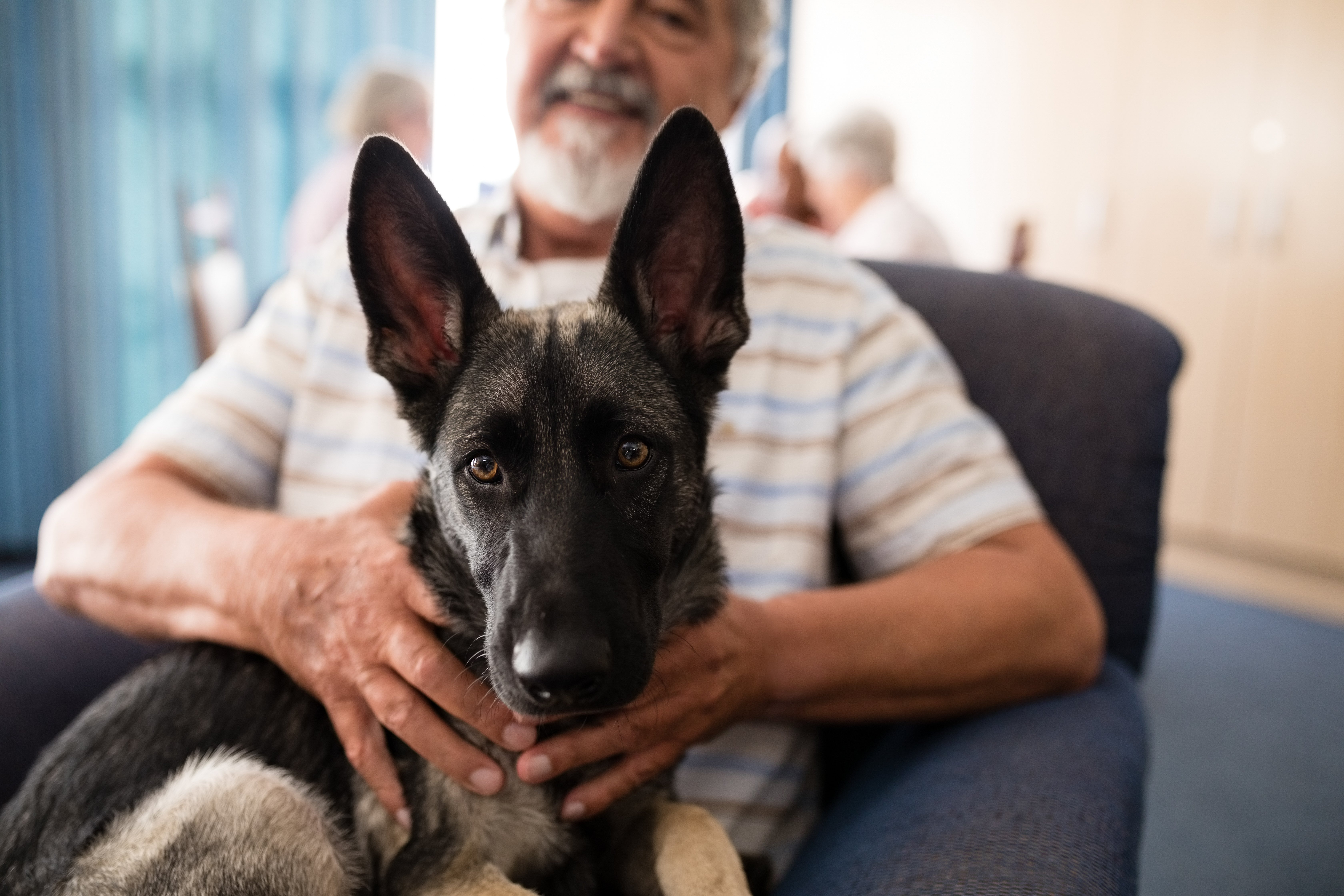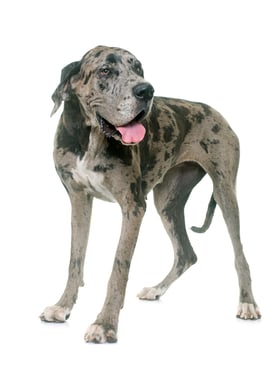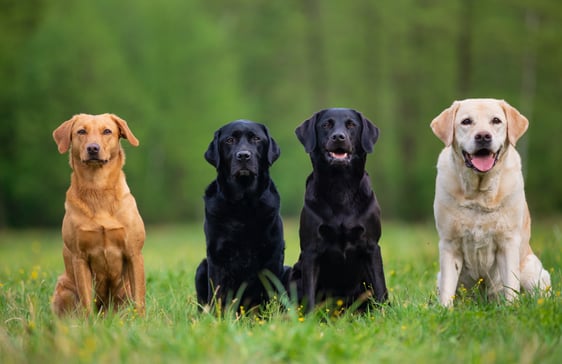The right type of canine companion for seniors
by Megan Marolf | Apr 15, 2020 | Coping with Senior Depression, seniors coping with coronavirus, senior health, seniors and pets, pets and caregiving | 0 Comments

For many of us, this could be the most time we’ve ever spent at home. With 17 million Americans filing for unemployment and millions of others working from home, the insides of our apartments, houses or nursing homes become most of our world.
It comes as no surprise that since the outbreak of the coronavirus, there’s been a major upswing in animal adoptions and fosters. According to the news site Wired, the rate that people are signing up to foster animals has risen by 90 percent in some cities.
Clearly, people are looking for companionship elsewhere when it’s not safe to find it from their own kind. Pets help us feel less lonely, especially since their owner is the center of their world (particularly for dogs). There are also the health benefits of lower blood pressure and more motivation to get outside and exercise. If deemed safe by a doctor, a dog or a cat could be a great solution to these isolating times. Even some nursing homes allow pets for all of these reasons.

The energy level, disposition and size are all characteristics to consider when thinking about bring a pet home, as well as the breed. In Cesar Milan’s book Be the Pack Leader, the “Dog Whisperer” goes into depth about the main canine breeds and how to fulfill their needs. Here’s a few types that tend to be more manageable than others in regards to their energy levels and ease of handling. The more feline-inclined person will have to look elsewhere for more information.
The Toy Group
If it’s not too far off to picture yourself pushing a stroller with dogs inside it, then a small dog might be for you. The breeds vary from the King Charles spaniel to the papillon and the pug. Namely, they’re lap dogs that need shorter but regular walks. These breeds are great for people who live in apartments, smaller homes, and in cities where there aren’t many options for outdoor recreation.
The Working Group
These dogs were bred for guarding and rescuing once humans became more sedentary with the advent of agriculture. Part of this group are Great Danes, which were originally bred for hunting and to serve as watchdogs.

Because of their slow metabolism, they don’t need as much food or exercise as you would think. That means that they’re great dogs for families with more home space and a less active lifestyle.
Others in the working group include Akitas, Mastiffs and Doberman pinschers, but these dogs usually require more exercise.
Most Popular Breeds
It’s no surprise that the Labrador Retriever has remained number one pick among canine breeds since 1991, according to the American Kennel Club. These dogs usually have a mild temperament, and tend to be athletic and friendly. They also likely require a little more exercise than the dogs listed above.
The German Shepherd, Golden Retriever, French Bulldog and Bulldog follow the Labrador in order of most popular, all of which have breed-specific traits and needs.

Much of a dog’s behavior depends on getting enough exercise, discipline and affection in that order, according to Milan. Their breed can bring out natural tendencies, some of which are easier to handle than others.
Doing research before adopting or buying a dog goes a long way in making sure to bring home the right match for you. And fostering, like thousands of others are doing at the moment, is a great way to know for certain if you’ve met your match.
Seattle Humane, the Foster Dog Program through the Seattle city government, and the PAWS program are all good places to start on the path to fostering a dog.


0 Comments